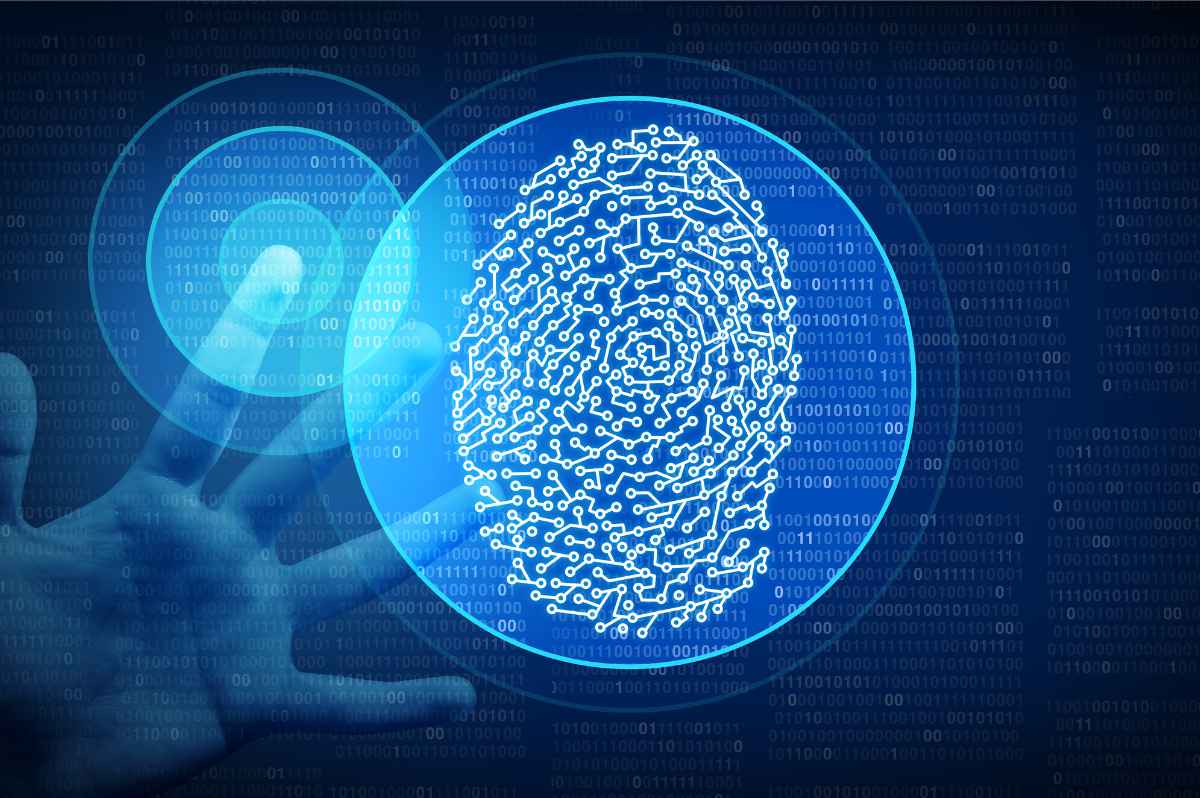Identity Management Day 2025: A Wake-Up Call for Modern Cybersecurity

Every year, Identity Management Day reminds us of something that should already be top of mind: identity is everything. It’s the gateway to our systems, the foundation of Zero Trust, and—more often than not—the weakest link in enterprise cybersecurity.
Yet despite the increased focus on access controls, identity remains the most frequently exploited vector in breaches today. And the problem isn’t just that attackers are getting smarter—it’s that we’re still approaching identity the same way we did a decade ago.
Passwords? Still here. One-off MFA prompts? Still assumed secure. Static access policies? Still blindly trusted.
In a time when cloud adoption is standard, hybrid work is permanent, and machine identities far outnumber human ones, these legacy approaches are no longer sufficient. Identity has outgrown its traditional perimeter—and so must our strategy.
Identity is the New Infrastructure
Today, identity isn’t just a control point—it’s the infrastructure that connects users, devices, apps, and data across every environment. With the rise of SaaS, distributed workforces, and API-based systems, identity has become the connective tissue of the modern enterprise.
Attackers are laser-focused on it. Not because it’s new, but because it’s sprawling, inconsistent, and often mismanaged. Misconfigured permissions, overprovisioned accounts, shadow admins, orphaned credentials—all of these create low-friction entry points into your environment.
The truth is, we’re not auditing or managing identity risk nearly as rigorously as we think we are. The Identity Defined Security Alliance’s 2023 Trends in Securing Digital Identities survey found that 90 percent of businesses had an identity related security event in the last year.
Beyond Human Identity
The security industry talks a lot about user identity—what employees are accessing, when and from where—but we need to widen the lens. Machine identities are now everywhere. From service accounts and microservices to IoT devices and RPA bots, these non-human actors are driving critical business functions… and often doing so with persistent, privileged, and barely-monitored access.
If your identity security program doesn’t include machine identities, you’re leaving a massive blind spot in your threat surface. And no, traditional authentication methods weren’t built to handle this.
It’s Not About More Prompts—It’s About Smarter Decisions
A common response to rising identity risk has been to add more controls—extra logins, more frequent authentication prompts, tighter password policies. But friction alone doesn’t equal security. In fact, it can lead to worse outcomes: prompt fatigue, workarounds, and false confidence in controls that don’t reflect real-world context.
What’s needed isn’t more steps—it’s more intelligence.
Identity security should be continuous and adaptive. Access decisions should factor in behavior, device posture, network context, and risk signals in real time. The future isn’t about forcing users to prove they’re legitimate—it’s about building systems that already know when something doesn’t add up.
Why Identity Management Day Matters
This is why Identity Management Day isn’t just a symbolic date on the calendar—it’s a necessary pause. It’s a reminder that while we’ve made progress, most organizations are still playing catch-up with the way identity is actually being used, abused, and ignored in modern environments.
It’s a call to elevate identity from a siloed IT function to a core pillar of security architecture. It’s a prompt to look beyond compliance checkboxes and evaluate whether your identity controls are truly protecting your organization—or just making you feel like they are.
Most importantly, it’s a chance to reframe the conversation. Identity management isn’t about who you are—it’s about what you can do. And if that access is compromised, misused, or misunderstood, the consequences can be catastrophic.
Looking Forward
On this Identity Management Day, let’s commit to better. Let’s take a hard look at the gaps that still exist in our identity strategy—human and machine, authentication and authorization, detection and response.
Let’s stop treating identity as a one-time check and start treating it as a living, evolving source of insight and risk.
Because identity isn’t just one layer of cybersecurity—it’s the one attackers count on us to overlook.
Try Portnox Cloud for Free Today
Gain access to all of Portnox's powerful zero trust access control free capabilities for 30 days!



